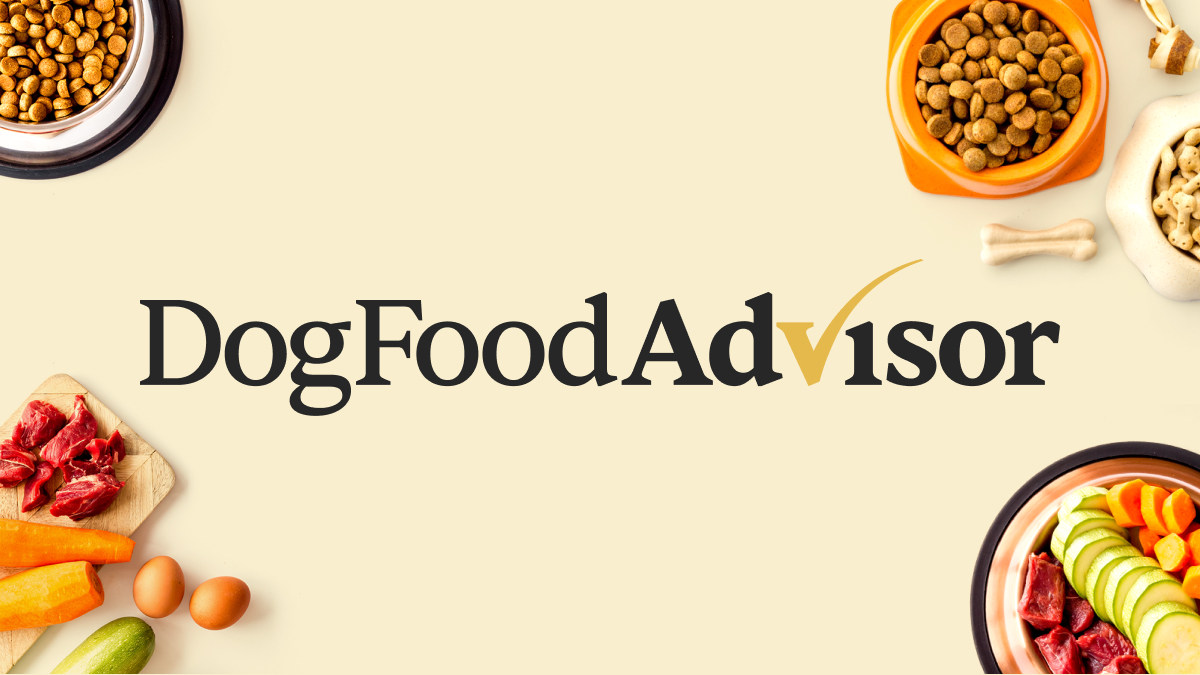Originally posted by xman59
View Post
Diet can play a big role in gas problems in Boxers. Bad gas in dogs can be caused by:
Dairy products
fiber
soybeans
peas
bean
In addition, fatty foods and spicy diets can bring on gas and bloating. Boxers tend to eat their food quickly, swallowing more air as they eat. This air passes through the stomach and causes even more flatulence in your pet. Allergies can also trigger gas, as well. Foods containing beef or potato products are known to cause gastrointestinal issues in Boxers.
If you must introduce a new diet to your Boxer, be sure to do it slowly. Introducing new foods to your pet suddenly can cause an array of gastrointestinal issues and flatulence, as well as stomach upset. It is best to take it slowly with new foods.
Gastric Torsion in Boxers
Gastric torsion is a condition that is common for Boxers, due to their narrow abdomens and muscular build. Gastric torsion, also known as Bloat, occurs when the stomach fills up with air quickly and dilates. This puts a lot of pressure on the other organs of the body, including the lungs. It can often become difficult for your dog to breathe when this happens.
Symptoms of gastric torsion include bad gas and a round, distended, hard abdomen. Gastric torsion is a very serious condition, as the stomach can cut off the blood supply to the body. If you suspect your pet has gastric torsion, contact a veterinarian as soon as possible, before the condition becomes fatal.
Aerophagia in Boxers
Because Boxers have a tendency to swallow air, they can develop a condition known as Aerophagia. Aerophagia is common in short-headed, flat-nosed breeds of dogs. The condition forces air through the nose and into the abdomen and gastrointestinal areas. Gas is a common sign of Aerophagia, but snoring can also be seen with this condition.
IBD in Boxers
Inflammatory Bowel Disease (IBD) can develop in Boxers with an inflammation of the intestinal wall. IBD causes numerous problems in digestion, and can also cause:
nausea
vomiting
weight loss
diarrhea
loss of appetite
flatulence
Gastrointestinal Disease in Boxers
In Boxers, gastrointestinal diseases are caused by:
parasites
bacteria
viruses can trigger gas and flatulence
Vomiting and diarrhea are also common signs of a gastrointestinal disease in your pet. In addition, diseases that hinder the body's ability to absorb nutrients can cause excessive gas.
Gastrointestinal Neoplasia in Boxers
Neoplasia is a type of gastrointestinal cancer, and it can be found in Boxers who have been suffering from gas and flatulence. This is a more serious condition, and should be dealt with promptly if you suspect your pet has cancer.
Read more: Boxer Dog Gas Problems


Comment